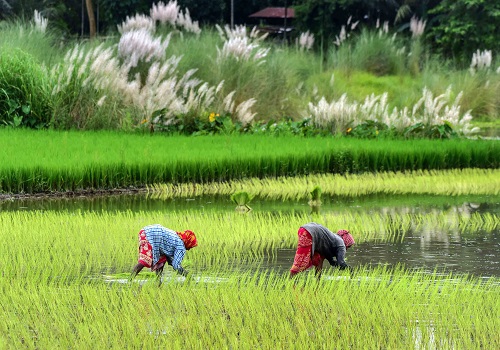Agriculture ministry revises guidelines for Market Intervention Scheme

The agriculture ministry has revised guidelines for Market Intervention Scheme (MIS), increasing the procurement limit of crops to 25 per cent from 20 per cent. The guidelines has been revised to encourage states to implement the MIS. MIS is a component of PM-AASHA scheme.
The MIS is implemented on the request of state/UT government for procurement of various perishable agricultural/horticultural commodities such as tomato, onion and potato, etc, for which minimum support price (MSP) is not applicable and there is a reduction of at least 10 per cent in market prices in states/UTs as compared to the rates of the previous normal season.
The scheme is to ensure farmers are not forced to sell their produce under distress. To encourage more states for implementation of MIS, the government has revised the MIS guidelines. In the revised norms, the government has made MIS a component of the integrated scheme of PM-AASHA. MIS will be implemented only when there is a minimum reduction of 10 per cent in the prevailing market price as compared to the previous normal year.
The procurement/coverage limit of production quantity of crops has been increased from the existing 20 per cent to 25 per cent. The state has also been given the option to pay the difference between the market intervention price (MIP) and the selling price directly into the bank account of the farmers in place of physical procurement.






















